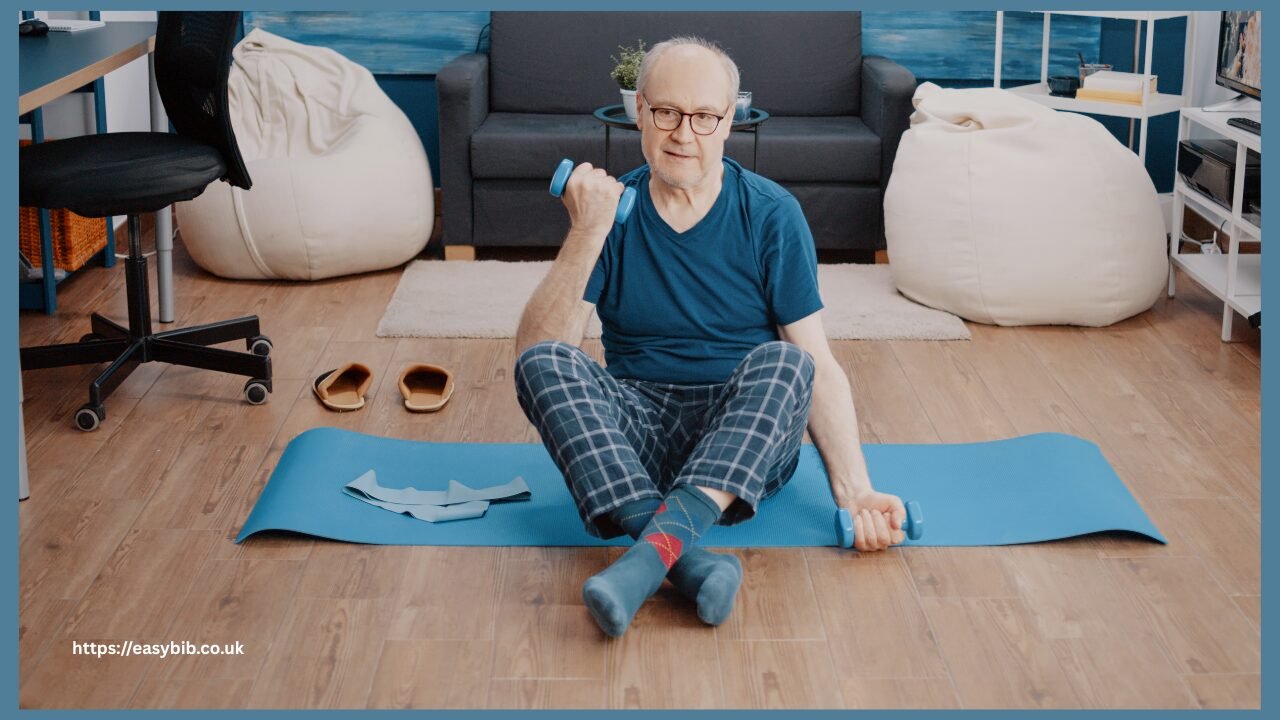How Sensory Grounding Improves Emotional Wellness in Elderly Living

Growing old can bring many changes in feelings and mood. Stress, loneliness, and worry can intensify over time.
But there is a helpful path forward. Sensory grounding can bring calm and focus. It helps reconnect the body and mind through simple senses.
Can these methods really make a difference each day? Let’s explore how sensory grounding supports emotional wellness in elderly living.
What Is Sensory Grounding and Why Does It Matter
Sensory grounding involves using your senses to bring you back to the present moment. You might feel, hear, smell, or see something to anchor attention. This method helps break the grip of strong, overwhelming thoughts.
For older adults, this matters greatly because memories or worries can overwhelm them. Grounding gives a gentle signal: “I am here, not lost in fear.” It creates a steady point in the shifting tides of emotion.
How Touch Helps Calm the Mind and Body
The sense of touch is powerful in restoring peace and balance. An older adult may hold a soft cloth, textured stone, or smooth shell. They feel the texture, the temperature, the weight.
Each tiny detail draws attention into the body, away from distress. Stroking fabric or pressing fingertips against the skin can help slow racing thoughts. These small actions comfort and steady emotions in simple, grounded ways.
Using Smell to Uplift Mood and Offset Anxiety
Smell connects deeply to memory and emotion. A gentle scent of lavender, citrus, or fresh flowers can soothe a restless mind. When a senior inhales these pleasant scents, they may feel calm and at ease.
This shift helps interrupt anxious thoughts and brings emotional balance. Over time, pairing a scent with calm moments makes it easier to return to a state of peace. Smell becomes reliable.
Listening and Sound as a Grounding Tool
Sound can draw you into the present in a gentle, natural way. Seniors may enjoy listening to birds singing, soft music, or the sound of flowing water. Or notice the distant traffic or the wind in the leaves.
Paying attention to the tone, pace, and layers of sound helps shift focus from worry to the present moment. Humming or repeating a gentle word also works. These methods of sensory grounding techniques for seniors support emotional balance in daily life.
Sight and Environment to Strengthen Stability
Vision can ground the mind through simple observation. A senior may look at blooming plants, the sky, or shadows on walls. Observing colors, shapes, and light helps draw focus outside internal storms.
Changing the environment with gentle artwork, natural scenes, or soft lighting also supports calm. With this visual support, mood lifts and mind steadies. Sight, along with other senses, plays a vital role in emotional wellness.
READ MORE
Emotional Wellness: Enhance Your Care Approach
In older age, emotions can swing more quickly than before. However, sensory grounding provides a gentle and steady way to regain calm.
Through touch, smell, sound, sight, and mindful presence, seniors can anchor themselves in the moment. These tools are simple but powerful.
They do not require special training or a significant amount of time. Using them daily can help reduce fear, loneliness, and anxiety. With sensory grounding, emotional wellness becomes more within reach.
Did you find this article helpful? Explore more insightful articles on our site to continue learning about wellness and mindful living.
